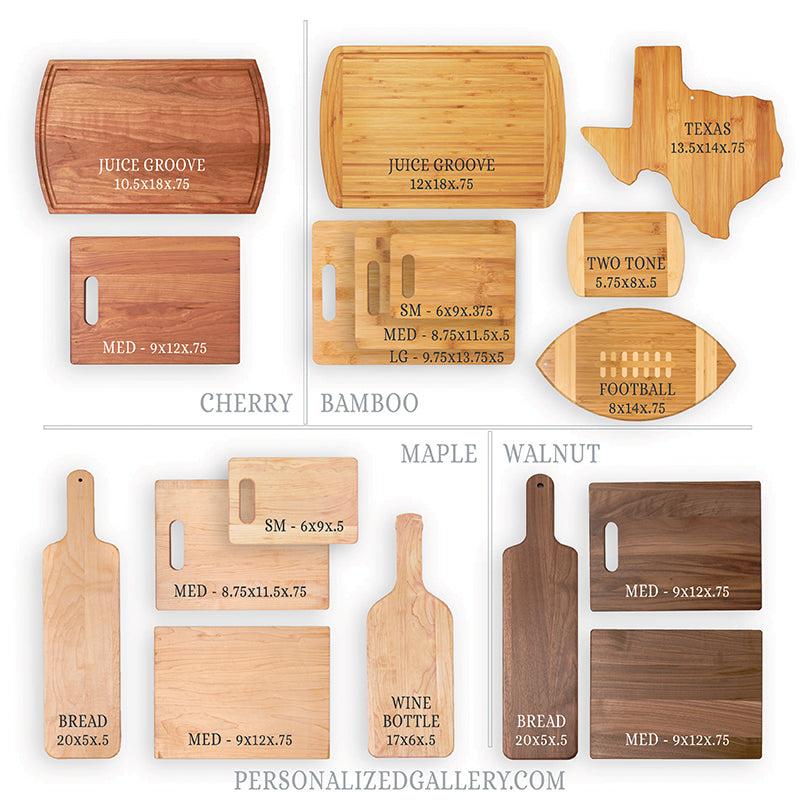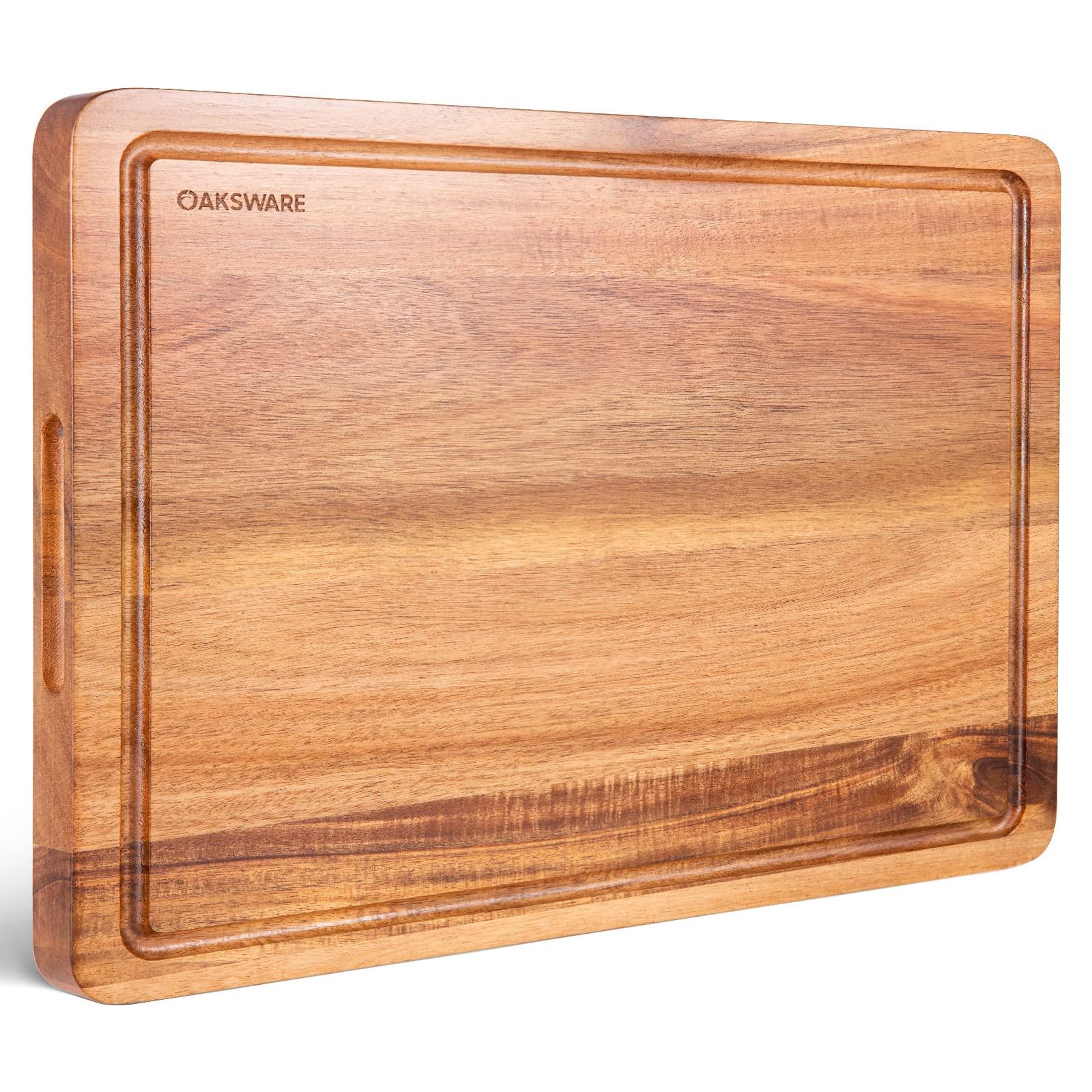Wooden cutting boards are more than just kitchen tools; they are a blend of craftsmanship and utility, offering a touch of warmth and elegance to any culinary space. However, to maintain their beauty and functionality, proper care is essential. Unlike their plastic counterparts, wooden cutting boards require a specific maintenance routine to prevent warping, cracking, and the absorption of odors. This article aims to provide essential tips for caring for your wooden cutting boards, ensuring they remain a staple in your kitchen for years to come. From cleaning techniques to conditioning methods, we will explore the best practices that not only enhance the longevity of your cutting boards but also ensure food safety and hygiene. Embrace the art of caring for these timeless kitchen companions and keep them looking and performing their best.
Table of Contents
- Understanding the Importance of Regular Cleaning Techniques for Wooden Cutting Boards
- Choosing the Right Oils for Maintaining and Protecting Wooden Surfaces
- Identifying Signs of Wear and Damage to Ensure Longevity of Your Cutting Board
- Best Practices for Safe Storage and Handling of Wooden Cutting Boards
- Final Thoughts
Understanding the Importance of Regular Cleaning Techniques for Wooden Cutting Boards

Regular cleaning techniques are crucial for maintaining the integrity and longevity of wooden cutting boards. Unlike their plastic counterparts, wood has natural antimicrobial properties, but this doesn’t mean that they are self-cleaning. Proper care is essential to prevent harmful bacteria from lingering in the pores of the wood. Using a combination of warm water and mild soap is effective for routine cleaning. It’s important to avoid soaking the board or placing it in the dishwasher, as excess moisture can cause warping or cracking. A simple scrubbing with a gentle sponge can ensure that the surface remains hygienic without damaging the wood.
In addition to routine cleaning, periodic deep cleaning and conditioning can help preserve the wood’s natural beauty and functionality. Applying food-grade mineral oil on a monthly basis can nourish the wood and create a protective barrier against moisture. Furthermore, here are some additional tips to enhance the maintenance of your cutting board:
- Use separate boards: Designate boards for raw meats and others for fruits and vegetables to avoid cross-contamination.
- Quick disinfecting: Wipe the surface with a mixture of vinegar and water to naturally disinfect and remove odors.
- Avoid harsh chemicals: Steer clear of bleach or other strong cleaning agents that can damage the wood.
- Regular inspections: Check for deep cuts or cracks that may harbor bacteria and consider sanding them down if necessary.
Choosing the Right Oils for Maintaining and Protecting Wooden Surfaces

When it comes to selecting the right oils for your wooden cutting boards, the choice can significantly impact both the appearance and longevity of the wood. Mineral oil is a popular choice due to its food-safe properties and ability to penetrate the wood effectively, creating a protective barrier. Beeswax is often blended with mineral oil to offer a thicker coating that seals the wood and enhances its shine. Other options include coconut oil, which imparts a pleasant scent but should be used with caution as it can go rancid over time, and walnut oil, which is a favorite for its rich finish but may pose allergy risks for some individuals.
In addition to selecting the right oils, understanding how to apply them is equally important. A good approach is to wipe the surface clean before applying a thin, even layer, allowing the oil to soak in for several hours or overnight. You might also consider creating an oiling schedule to maintain the board’s finish, with options to oil bi-weekly or monthly, depending on usage. For those who prefer a more visual representation of oil options, the following table summarizes key aspects of common oils used for wooden surfaces:
| Oil Type | Food Safe | Longevity |
|---|---|---|
| Mineral Oil | ✔️ | Long-lasting |
| Beeswax | ✔️ | Very long-lasting |
| Coconut Oil | ✔️ | Short term (may go rancid) |
| Walnut Oil | ✔️ (but allergy risk) | Medium-lasting |
Identifying Signs of Wear and Damage to Ensure Longevity of Your Cutting Board
To maintain the integrity of your wooden cutting board, it is crucial to regularly inspect it for any signs of wear and damage. Over time, you may notice cracks, splits, or deep grooves that can harbor bacteria and compromise the safety of your food preparation. Look for any warping or twisting of the board, which can happen with exposure to excessive moisture or heat. Additionally, if you detect any excessive discoloration or a lingering odor, it may be a sign that the board needs thorough cleaning or even replacement.
Here are key indicators to watch for during your inspection:
- Visible Splits: Cracks can expand and worsen over time.
- Deep Knife Marks: A board with many grooves is more challenging to sanitize.
- Warping: Uneven surfaces can impact cutting and food safety.
- Odors: Persistent smells may indicate bacteria growth.
- Stains: Hard-to-remove stains could signal deeper issues.
Regular maintenance, including cleaning, drying, and applying food-safe mineral oil, can help prevent these issues from arising. If you decide to use a cutting board conditioner, ensure it is suitable for food use, and always let the board dry completely before storing it. Keeping an eye on these signs will not only help extend the life of your wooden cutting board but also ensure a safe and enjoyable cooking experience.
Best Practices for Safe Storage and Handling of Wooden Cutting Boards
To ensure the longevity and safety of your wooden cutting boards, proper storage and handling practices are essential. Always keep your boards in a dry, well-ventilated area to prevent the growth of mold or bacteria. Store boards upright or on a rack instead of stacking them, as this allows air circulation and reduces the risk of warping. Remember to keep them away from extreme temperatures and moisture, which can compromise the integrity of the wood. Additionally, consider keeping your boards away from direct sunlight to avoid fading and cracking.
When using your cutting board, employ separate boards for different food types—such as meats, vegetables, and bread—to prevent cross-contamination. Use a designated knife for each type of food to maintain the board’s surface better. After each use, clean your board gently with warm soapy water and dry it thoroughly to avoid any liquid retention. Regularly applying a food-safe mineral oil or a specialized cutting board conditioner will keep the wood hydrated and maintain its natural lustrous finish. Be mindful of any signs of wear, and when the surface does show deep grooves or cuts, consider sanding it down to restore its quality.
Final Thoughts
caring for your wooden cutting board is not just about preserving its aesthetic beauty; it is also essential for ensuring the longevity and functionality of this kitchen staple. By implementing the tips outlined above—regular cleaning with mild soap, thorough drying, periodic oil applications, and mindful storage—you can maintain the integrity of the wood and safeguard it against wear and tear. Remember, a well-cared-for cutting board not only enhances your culinary experience but also promotes hygiene in food preparation. With a little attention and effort, your wooden cutting board can serve you faithfully for years, becoming a cherished tool in your kitchen repertoire. Embrace these practices today to enjoy a beautiful, durable, and efficient cutting surface that elevates both your cooking and your kitchen aesthetic.



